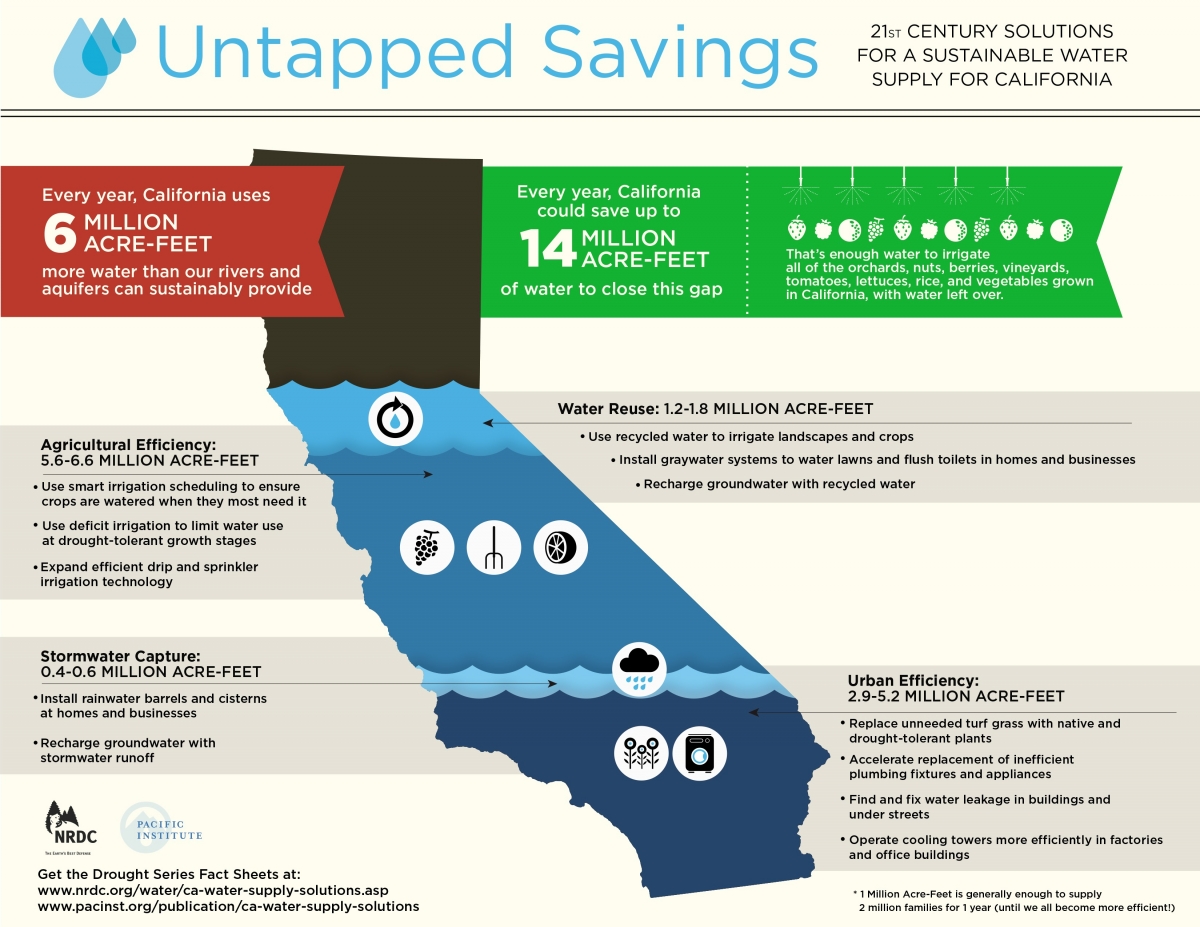Prop. 1 Water Bond: What It Means for L.A.
It isn’t perfect, but the Legislature’s new Water Bond could help improve local water reliability, says Kirsten James, Heal the Bay’s Science and Policy Director for Water Quality.
Aug. 14, 2014 — Last night, in a nearly unanimous vote, the California Legislature approved a new $7.54 billion Water Bond after many months of tense negotiations. The Water Quality, Supply, Infrastructure and Improvement Act of 2014 replaces a bloated $11.1 billion bond that was a leftover from the Gov. Schwarzenegger era. If approved by voters in November, investments will be made in local water supply projects and watershed restoration — initiatives that can directly benefit our drought-stricken state and Santa Monica Bay.
Throughout the negotiations, Heal the Bay advocated for significant dollars to go towards projects promoting regional self-reliance for water supply, thereby improving water quality in our Bay and beyond. We partnered with other NGOs and dozens of local cities to bolster this message in frequent trips to Sacramento. As a result, the bond includes $1.535 billion for water recycling, stormwater capture, water efficiency and other local water projects.
For instance, investments would be made in expanding multi-benefit projects that capture and infiltrate stormwater for use in recharging groundwater supplies to replenish our overdrafted aquifer and cleaning up existing groundwater supplies. This makes sense: We should be capturing and reusing stormwater instead of funneling polluted runoff directly into the Bay.
Urbanized areas of California have the potential to harness nearly half-a-million acre-feet of water via stormwater capture each year, according to a recent study by the Natural Resources Defense Council and the Pacific Institute. That’s enough to meet all the water needs of 1 million families for an entire year.
There are many positive elements of the Water Bond. But when passage requires a two-thirds vote in the Legislature, compromises have to be made. A disproportionate amount of funding ($2.7 billion) is allocated for storage projects, which can have major environmental impacts and do not promote the practice of finding “new” local water sources. We are also disappointed to see desalination projects eligible for funding in the money dedicated to drought preparedness and water recycling, without criteria for prioritizing other, more sustainable local water projects.
Our region (and state) is in desperate need of funds for water quality and local water supply projects. Although this Water Bond isn’t the “silver bullet” solution, many of these investments will help improve both our local water reliability and our response to the drought.
More will have to be done to get us all the way there, but this is an important start.
 (Click here for a larger version. Infographic courtesy of NRDC and the Pacific Institute)
(Click here for a larger version. Infographic courtesy of NRDC and the Pacific Institute)


